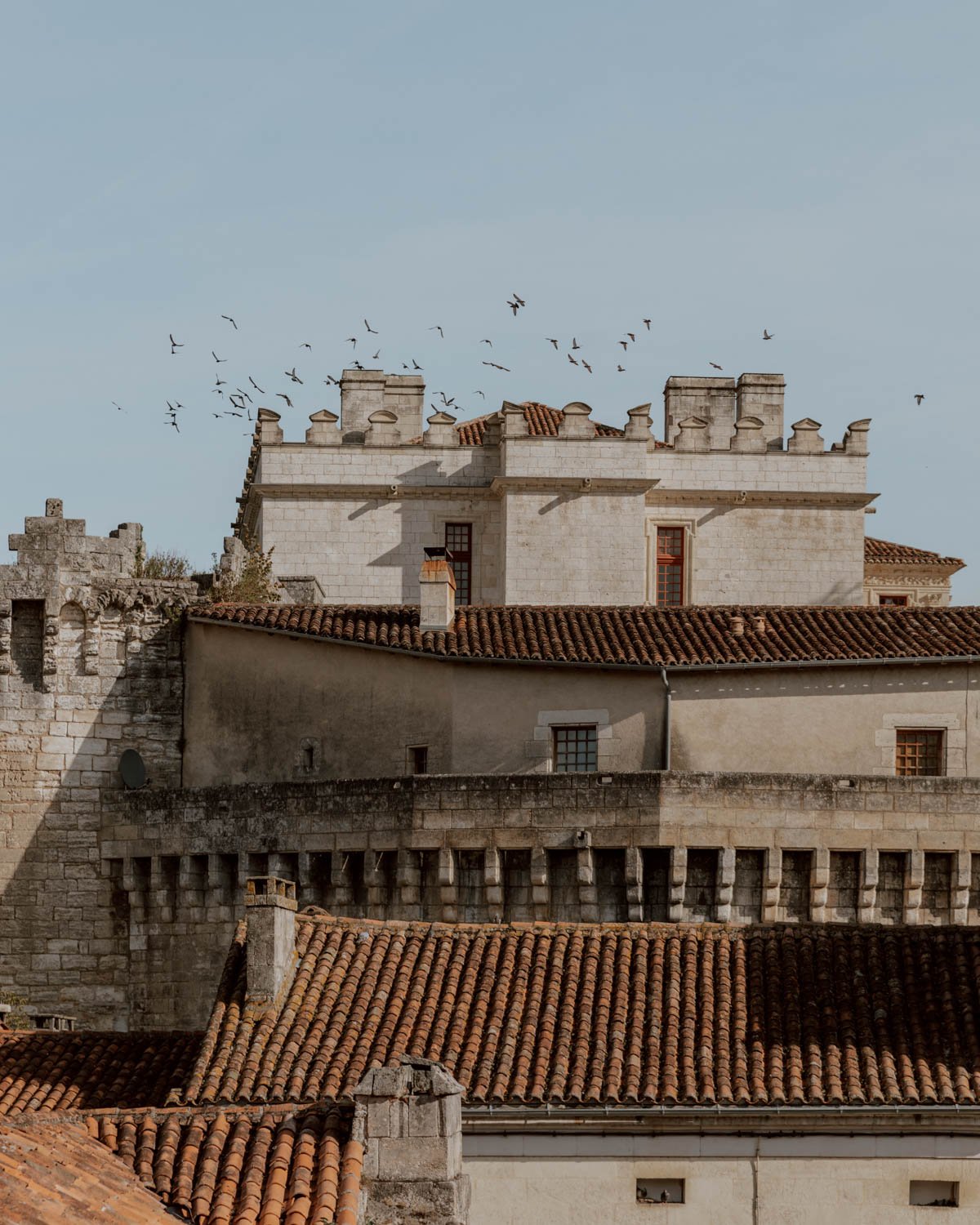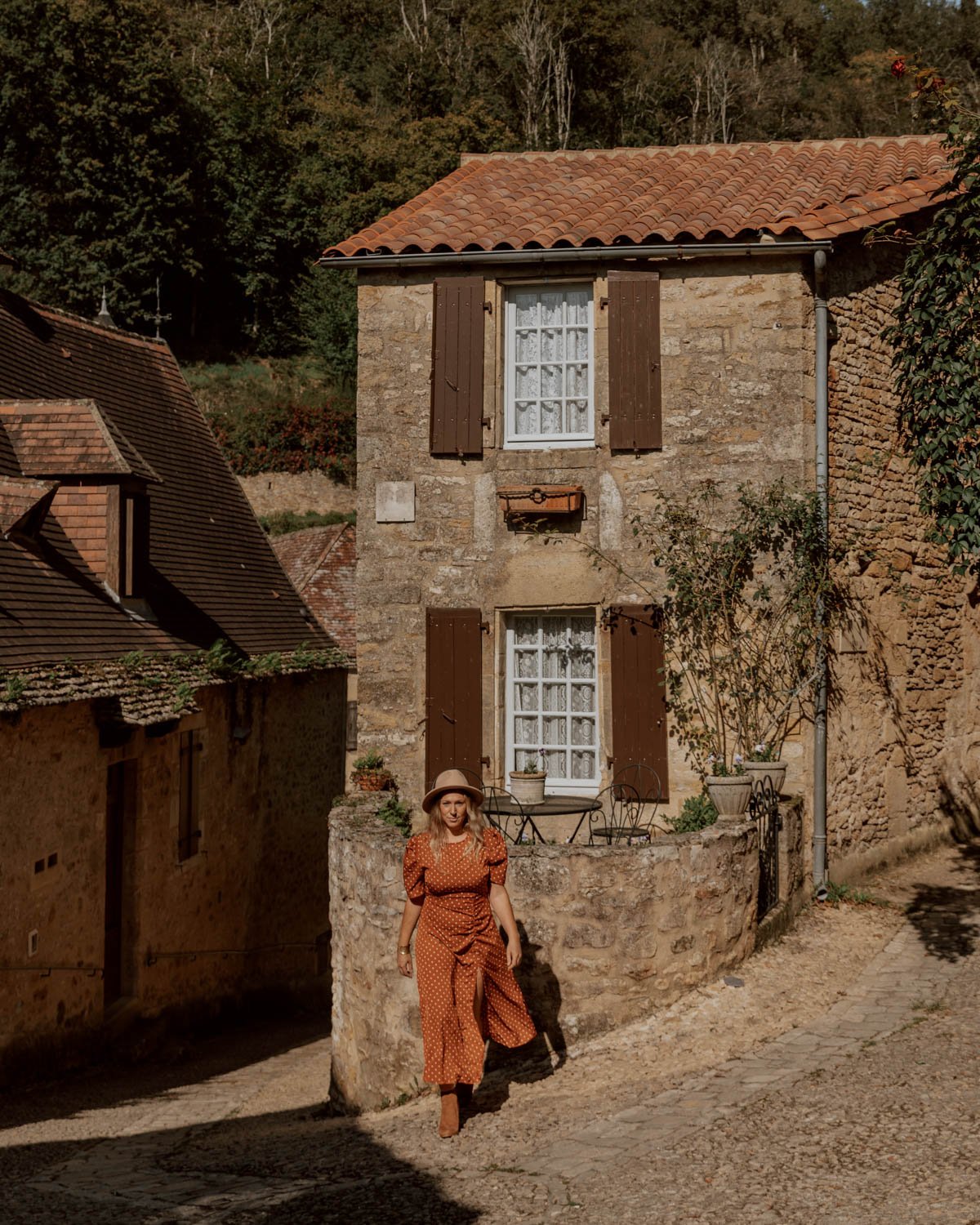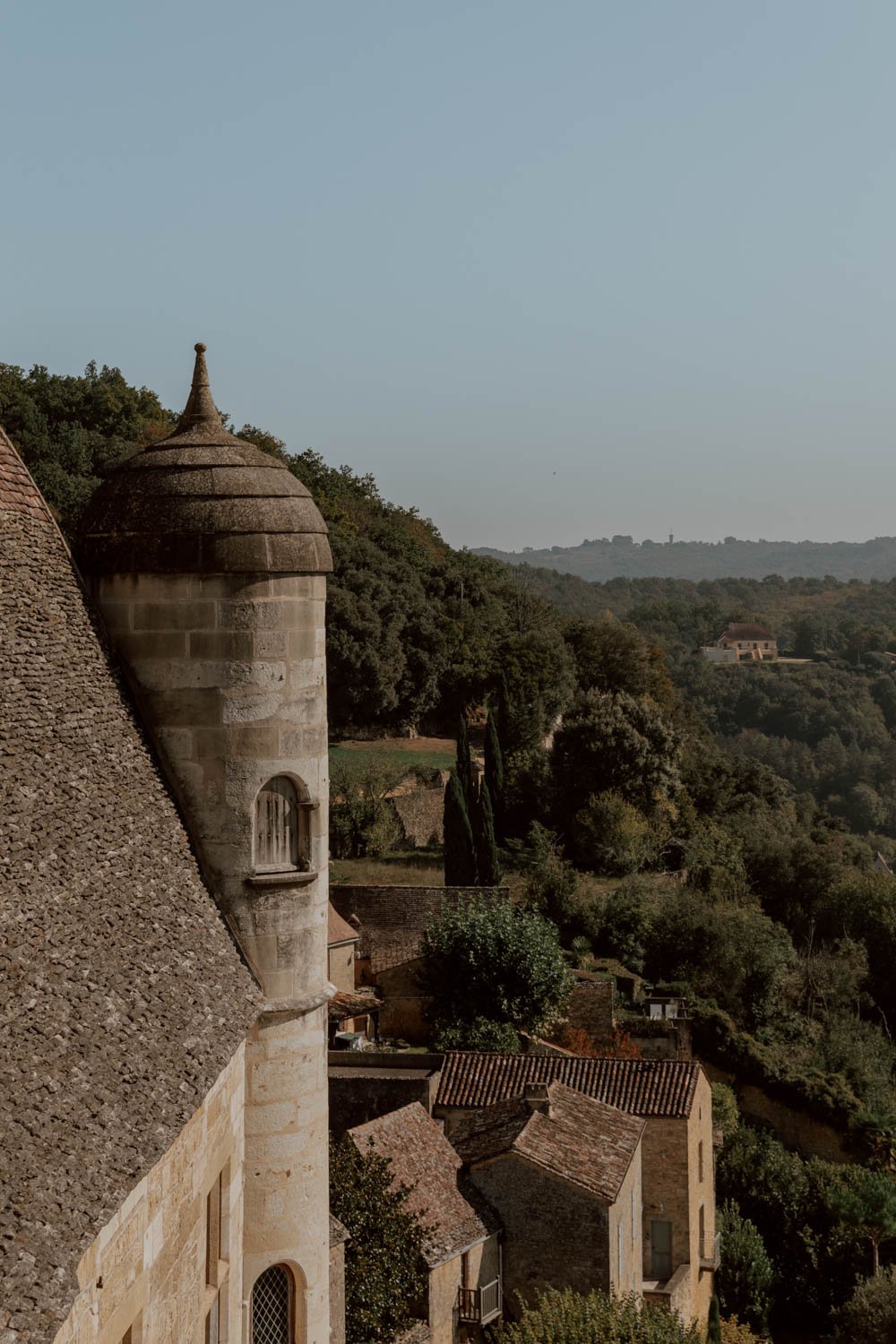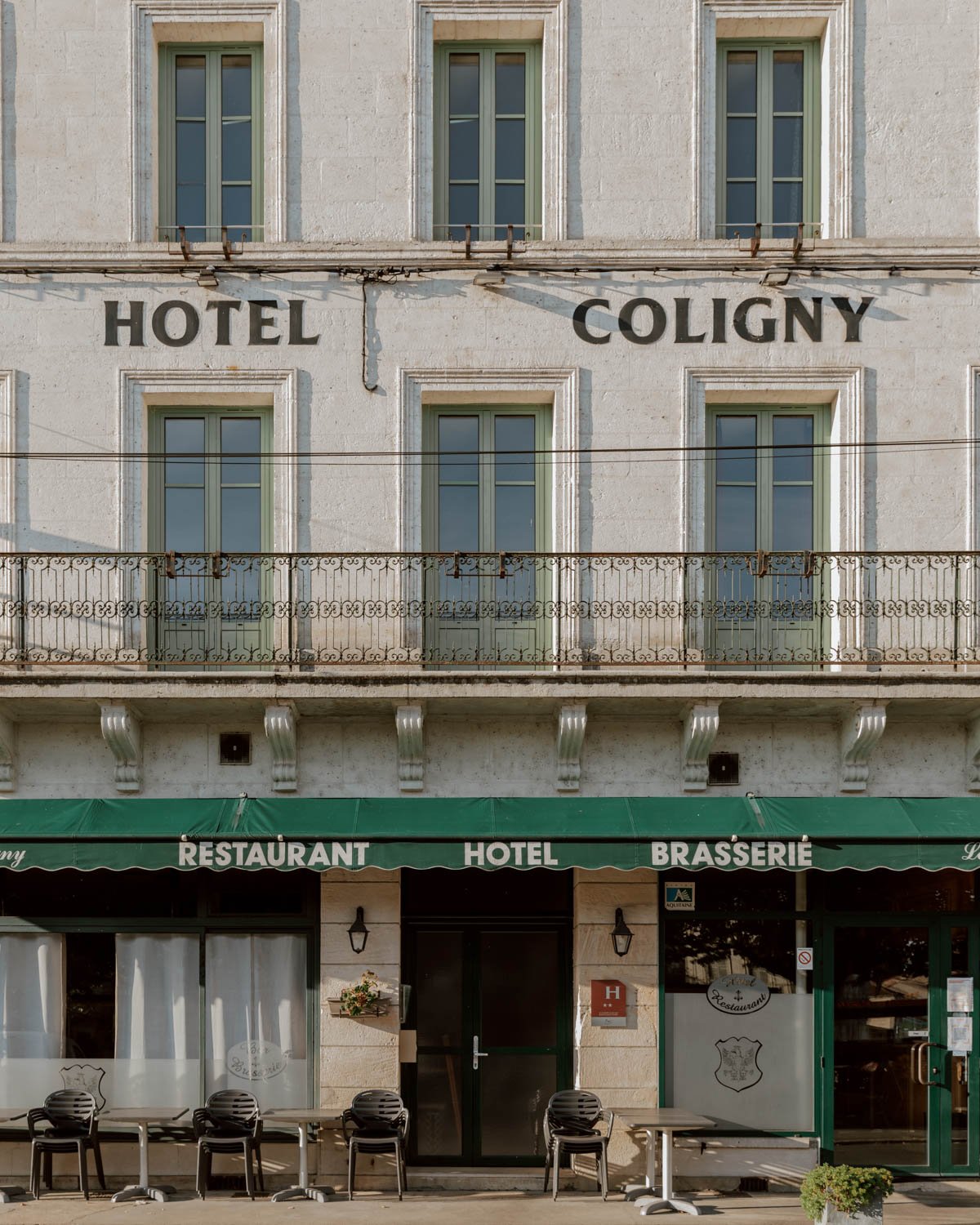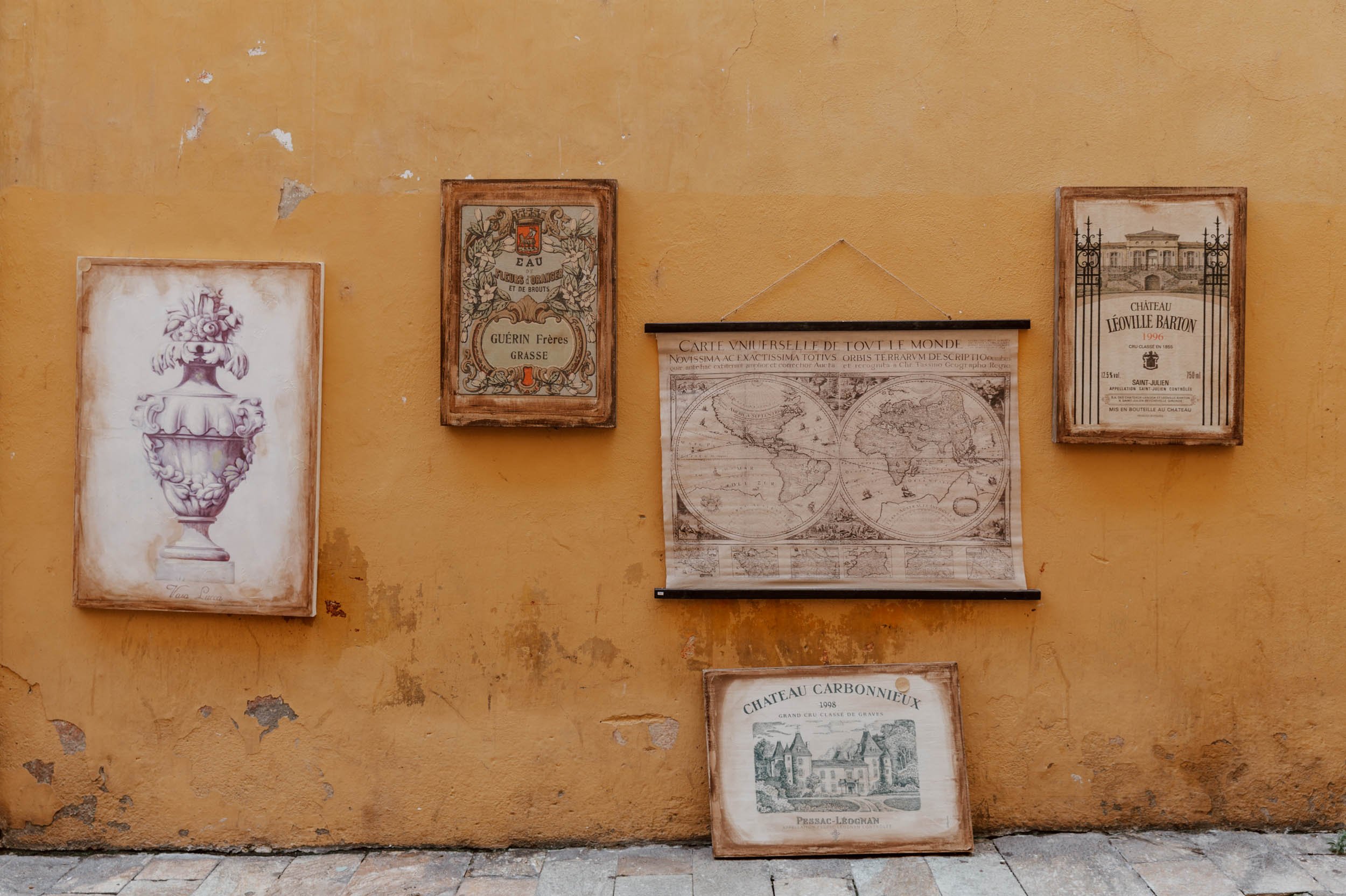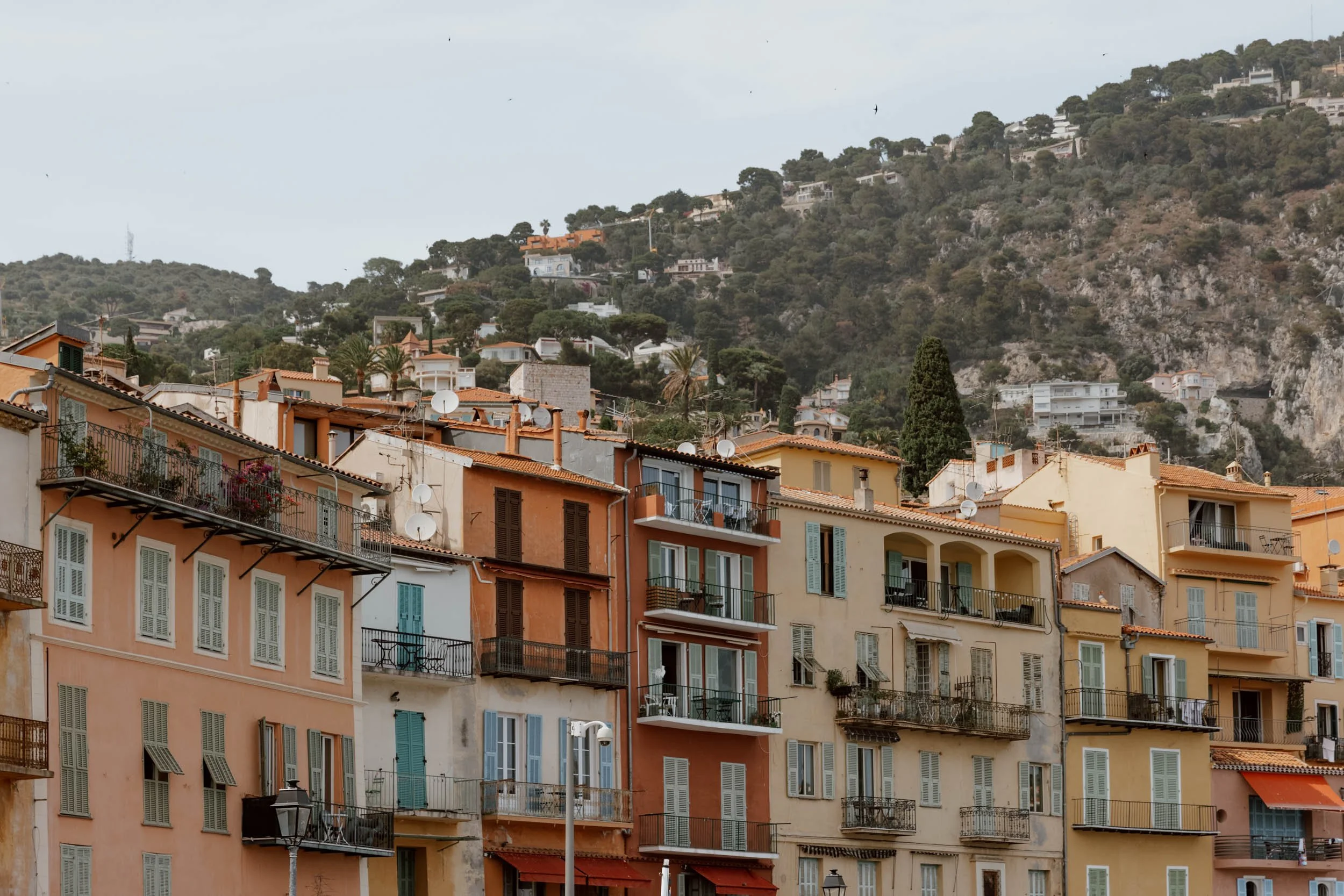Back in 1982, an independent association was established to designate the most beautiful villages in France.
Criteria for selection included being under 2,000 inhabitants, a commitment to cultural heritage, paying a small membership fee, and being absolutely stunning.
The Dordogne, where a soft mist rises from the terroir each morning and the river and the valley share the same name, has the joint-most villages in this exclusive club, with ten enjoying the 'Les Plus Beaux Villages de France' seal of approval.
It was therefore the ideal place to start our travels through the region of Nouvelle-Aquitaine.
Picking up our rental car from the teeny tiny aéroport Bergerac, we were instantly seduced by the bucolic scenes which unfolded before us under the honey light typical of a mid-October afternoon in southwest France: golden fields, vineyard rows, picturesque farmhouses screaming 'abandon your life and move here to rear chickens, drink wine, and let seven rescue dogs run free'.
It did not take long to understand why this part of France has seduced so many British people over the centuries.
Alas, we were unable to visit and fall for all ten of the Dordogne's most beautiful villages, but we made a decent first attempt in the time available. We did however realise two crucial things in our three days:
1. You're hard pushed to find a Dordogne village or town which isn't breathtaking.
2. This first time enough to convince us both that somewhere this beautiful simply has to be visited a few more times, and we're already making plans to return come spring or summer.
So, this is a blog post which will evolve with us as we travel deeper into folds of the Dordogne valley; we'd love for it to evolve with your own travels there too. Share with us in the comments your own suggestions and favourites places or experiences in the region so that we can get inspiration & ideas from you too.
These are our favourite Dordogne villages & towns to visit!
Monpazier
The number of ex-pats who have 'escaped to the chateau' in the Dordogne is only the continuation of an age-old English involvement in the region.
When Eleanor of Aquitaine married Henry Plantagenet (King Henry II of England), the latter also became Duke of Aquitaine. Due to this union, he added much of western France to his Angevin Empire, and this land was fought over and traded between the crowns of England and France for much of the medieval period (sowing the seeds of the Hundred Years' War).
It's for this reason that this French village was founded by an English king in 1284.
Monpazier, alongside its ‘plus beaux’ distinction, is also revered due to being the best preserved example of a 'bastide' in the Dordogne. These were unfortified 'new towns' in the 13th century, built according to a strict grid pattern, with the primary feature being the large open central square bordered by an arcade. It was an early form of urban planning, with prescribed standards and guidelines on church placement, space between houses, and the width of streets.
Stand in the middle of Place des Cornières or walk its surrounding streets, and you will clearly hear and see the echoes of bygone centuries.
The great thing though is that Monpazier doesn't feel like a museum piece or a relic; the square is lively and thriving, the arcades home to bars and cafes, and the homes cared for and lived in.
Good to know | 'The Last Duel', the blockbuster Matt Damon & Ridley Scott movie, filmed several scenes in Monpazier. You can also spend the night here in a lovely 19th century hotel named after the King - Hôtel Edward 1er.
Find Monpazier here on Google Maps.
Beynac
The steep, cobblestone streets of Beynac were perhaps our favourite of the Dordogne villages we visited.
On the north bank, they rise from the river and wind toward its eponymous 12th-century chateau carved into a cliff; arrive early, when the mists are still rising, they may be shrouded, the imposing towers above veiled.
The Château de Beynac was one of the most strategically and historically important in the area, with its privileged position giving its various occupants (including Richard the Lionheart, King of England and…catching on already aren’t you…Duke of Aquitaine) control over the waterways and lands. It’s immaculately preserved, with the State Room being a highlight, but the view from the turrets at the top is also rather impressive.
When visiting, you can park here and walk through the archway and down a pretty street to the entrance for Château de Beynac; there’s also a nice viewpoint to walk to. Alternatively, you can park closer to the village and start your walk up to the castle from there - just note that it’s quite steep, narrow, and cobbled (don’t suffer for your art as Emily did by wearing heels!).
Either way, you must walk up to the castle from the village at some point in order to see the prettiest streets of Beynac!
Good to know | We sometimes overuse the term 'filmset pretty' but it happens to be accurate and appropriate for Beynac as well as Monpazier! ‘Chocolat’, starring Julliette Binoche and Johnny Depp, filmed several scenes here. Beynac is also referred to as Beynac-et-Cazenac in case you get confused!
Domme
Though our time in Domme was fleeting, it was enough to go deep into its depths and soar above the valley below.
Perched upon the cliffs, its situ is a common theme of the most beautiful Dordogne villages, with several of them carved into rock overlooking the land and the river for reasons of protection, agriculture, and defence; whether the majestic vistas from this vantage point factored into these plans is up for debate.
The best panoramic view we found over the Dordogne was from Domme, a village whose designation as one of France's 'plus beaux' doesn't take very long to become apparent once you pass through one of their original medieval entrygates.
If you have the time though and can pull your way from its delightful streets and corners, you can also venture far underground into a pretty spectacular set of natural caves. Le Grotte de Domme, a network first discovered by a set of schoolchildren, are beneath the whole village and have recently been developed with better lighting and accessibility.
Good to know | The main open-air viewpoint can be found here, but the Domme tourist office (maps) offers up a cosy indoors setting from which to have a coffee with an equally stunning view over the valley through its floor-to-ceiling window. They also sell a large variety of local produce, from wines, to walnuts and sweet treats. Domme is also the place to go if you want to see or ride in hot-air balloons!
Insider Tip | Set in a privileged position overlooking the Dordogne valley, where the soft mist creates a sea and islands below each morning, Hors-Série en Périgord is a uniquely special accommodation choice in the region. Its owners Florence & Nathalie embarked on a new life together just before the world became accustomed to lockdowns, converting a dilapidated 19th century barn into a beautiful, sensitively modernised home & guesthouse.
Complete with an art gallery displaying their unique black-and-white nature photography on the walls, a pool with a view, and a lovely remote setting, this was a very memorable stay for us and we can highly recommend it. Find out more here.
Brantôme
A town rather than a village, Brantôme is situated at the northern edge of the Dordogne. Nestled on an island with branches of the La Dronne river encircling it, the town is affectionately referred to as the 'Venice of Périgord'.
Its long town hall, reflected in the waters below when looked at from Pont Coudé, is the most eye-catching sight but we suggest a stroll riverside along Boulevard Charlemagne, a browse of the independent shops on Rue Victor Hugo and Rue Puyjoli de Meyjounissas, then a drink with a view in Place du Marché.
Foodies should make note of Le Moulin de l'Abbaye, the restaurant in the old ivy-covered mill, but Quai Bertin offers a nice setting for outdoor dining too.
Good to know | The tree-lined limestone cliffs overlooking Brantôme are home to a network of ancient caves, to which the beginnings of the town have been traced. You can find + visit them behind the Benedictine Abbey. You may also wish to stop at the nearby Jardins Tranquille.
Find Brantôme here on Google Maps.
Bourdeilles
A short, scenic drive from Brantôme, little Bourdeilles is a place which we'll think of affectionately for a long time to come.
We were fortunate enough to stay in Château des Sénéchaux, a carefully, lovingly, and beautifully restored family home and hotel. Kay & David, the English couple who bought it in 2011 and put in all the work, were wonderful, welcoming hosts and the gargantuan four-poster bed in our room provided the most sumptuous night's sleep in a long old time.
However, it wasn't simple due to the hospitality and grand trappings of our accommodation which saw us charmed by Bourdeilles.
The village itself doesn't actually feature on the 'Les Plus Beaux Villages de France' list, but that omission only underlines just how much competition there is and the Dordogne's embarrassment of riches. For us though, little Bourdeilles is absolutely deserving of your time whether it's just passing through for a few hours or stopping for a few nights.
Good to know | Two viewpoints you can't miss are at opposite ends of the village.
The first is over the Pont de Pierre and to your left on the grassy verge of the river (maps); the other is from a terrace to the left of Église Saint-Pierre-ès-Liens (maps), looking out upon the towers and spires of Château des Sénéchaux, the priest's garden, and the river below.
This guide was written in partnership with Atout France and Destination Nouvelle-Aquitaine



